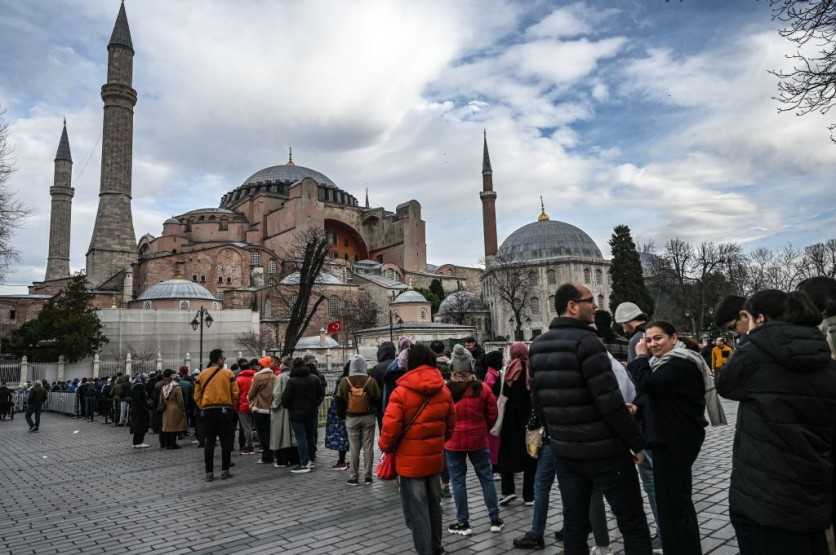A 2,000-year-old sarcophagus was discovered in Istanbul, Turkey, particularly in its Büyükçekmece district, and was determined that this was the final resting place of an unknown person. The early dwellers made the tomb carved out of stone, with markings that indicate that this was from the Rome-invaded era of the country almost two millennia ago.
And while Egypt is the most famous for its mummification and unique burial rites, other earlier civilizations have their ways and were not all about the casket-to-ground method or cremation.
Roman Era Sarcophagus Found in an Apartment Complex in Istanbul

According to the Hurriyet Daily News, an apartment complex in Istanbul was recently excavated, only to find an ancient burial site for a previously departed, unidentified person from the Roman Era.
A tomb was unearthed from the said apartment complex, alongside a sarcophagus that was examined by two archaeologists and an anthropologist.
Istanbul is best known for being a central figure during the reign of three powerful empires in the world-the Byzantine, Roman, and Ottoman. While not exactly a colony of these three, Istanbul was filled with ancient baths, churches, temples, and became a central commerce region for these empires.
Still, several other treasures were left in the city, especially with its overflowing culture from the presence of these global leaders during their time.
Read Also : Archaeologists Find a Previously Unknown Culture in a 2,000-Year-Old Gravesite in Siberia
Human Sarcophagus and a Tomb of Stone
As per Art News, the findings showed that there were human bones inside the sarcophagus found in the stone tomb made by early crafters. Istanbul Archaeological Museums Directorate for safekeeping and further studies.
The researchers determined that the tomb is nearly 2,000 years old, and was able to pinpoint that it was during the Roman era.
Ancient Burial Methods of Our Ancestors
Various eras and different regions on the planet have their own ways of burying their dearly departed ones, especially during a time when there were still wars or conflicts frequenting nations or tribes. One discovery from 2016 features a Neolithic age tomb found in Burgos, a region in Northern Spain, which has its unique, ancient burial tradition.
On the other hand, one of the most famous ones is from Egypt, with different observations of its burial traditions, but are mostly focused on the mummification process of their royalties and their subjects. It was recently discovered that Egypt's mummies were given a golden tongue, one that symbolizes silence in the afterlife for when they meet with the lord of the dead, Osiris.
In the modern world, there are still different burial methods for one's dearly departed ones, and even the casket and bones way have multiple takes on their final resting places. Istanbul's recent discovery shows that stone tombs and sarcophagi were once a practice for the early days, and it is reminiscent of the present-day mausoleum which commemorates the dead with their own homes.
Related Article : Archaeologists Find 60 Mummies Near a Vizier's Tomb in the Ancient Egyptian City of Luxor

ⓒ 2025 TECHTIMES.com All rights reserved. Do not reproduce without permission.




